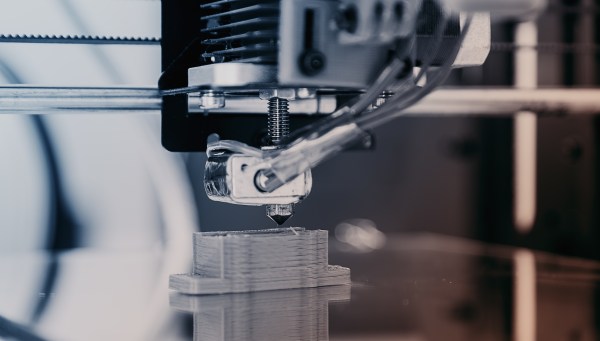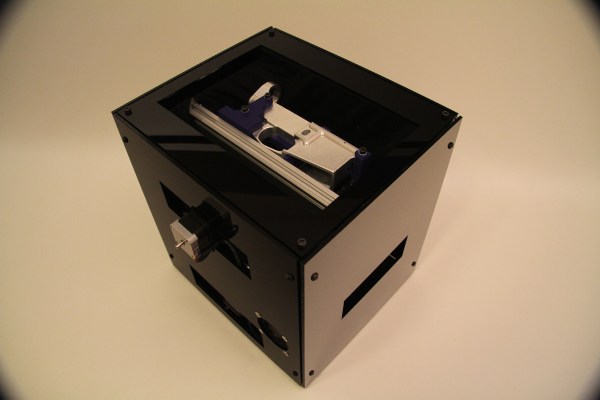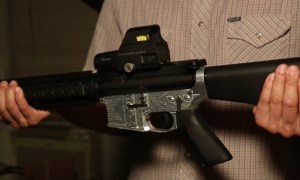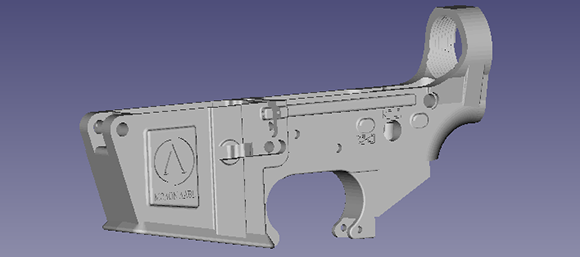Can you create 3D printed designs and distribute them freely and without restriction? Maybe, and it’s likely to become easier in the future. A settlement has been reached in the saga of the US Department of State versus Cody Wilson, and beginning August 1st the Defense Distributed library of gun designs will once again become available.
Cody is well known for creating the first 3D printed gun. He went on to found Defense Distributed, a company that published designs and technical files for 3D printing firearms before being pulled into litigation that sought to curb the distribution of such plans by subjecting them to International Traffic in Arms Regulations (ITAR) restrictions. Read that carefully, it’s the (international) distribution of CAD files at question here, and not the act of 3D printing, and Defense Distributed has been granted an ITAR exemption. Will other arms-related design files be similarly exempted? The settlement mentions upcoming rule changes seeking to make this type of exemption the standard.
As members of the Hackaday community, we’re the people to whom our friends and family turn for perspective when new technology makes it into their news feeds. Those with little or no exposure to 3D printing may easily fall to doom and gloom reports. But is this a story of doom and gloom? Absolutely not, guns are still guns and 3D printers are still 3D printers. Let’s take a look.
Continue reading “3D Printed Gun Saga: Court Case Over CAD Files Settled”



 Anyone can legally buy a barrel, trigger, stock, upper receiver, and various other parts to build an AR-15. To complete the weapon, they only need to buy an 80% lower receiver and perform the last 20% of the metal work. This work can be performed with everything from a drill press to a milling machine to hand tools. Ghost Gunner partially automates this process, making it easier and faster to complete lower receivers and build weapons.
Anyone can legally buy a barrel, trigger, stock, upper receiver, and various other parts to build an AR-15. To complete the weapon, they only need to buy an 80% lower receiver and perform the last 20% of the metal work. This work can be performed with everything from a drill press to a milling machine to hand tools. Ghost Gunner partially automates this process, making it easier and faster to complete lower receivers and build weapons.









